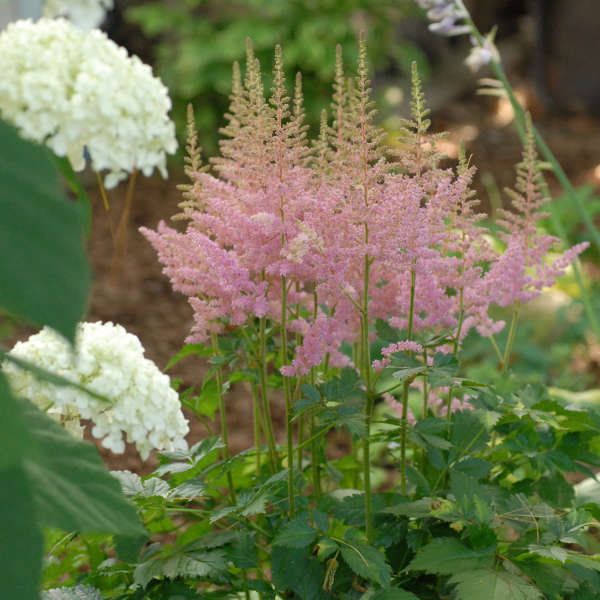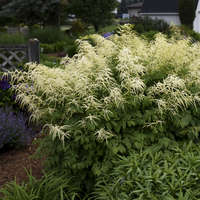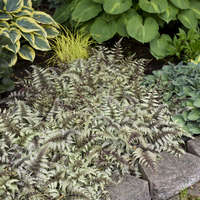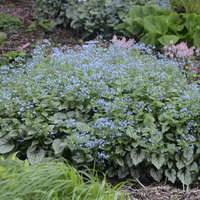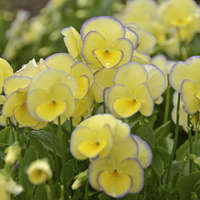Astilbe chinensis 'Vision in Pink' PP11860 CPBR1333
Common Name: Chinese Astilbe
- Pale pink plumes with a dense and upright form
- Blooms in midsummer
- Large, blue-green leaves with a coarse texture
- A robust grower
A member of Astilbe chinensis(Chinese Astilbe). A later blooming species useful for extending the bloom season into late summer. Foliage is deeply incised, coarsely textured, and often bronze-green in color. Flowers are borne on narrow, branched panicles. Though garden performance is far superior in moist soils, members of this species are moderately drought tolerant. Shorter varieties such as 'Pumila' make excellent groundcovers.
